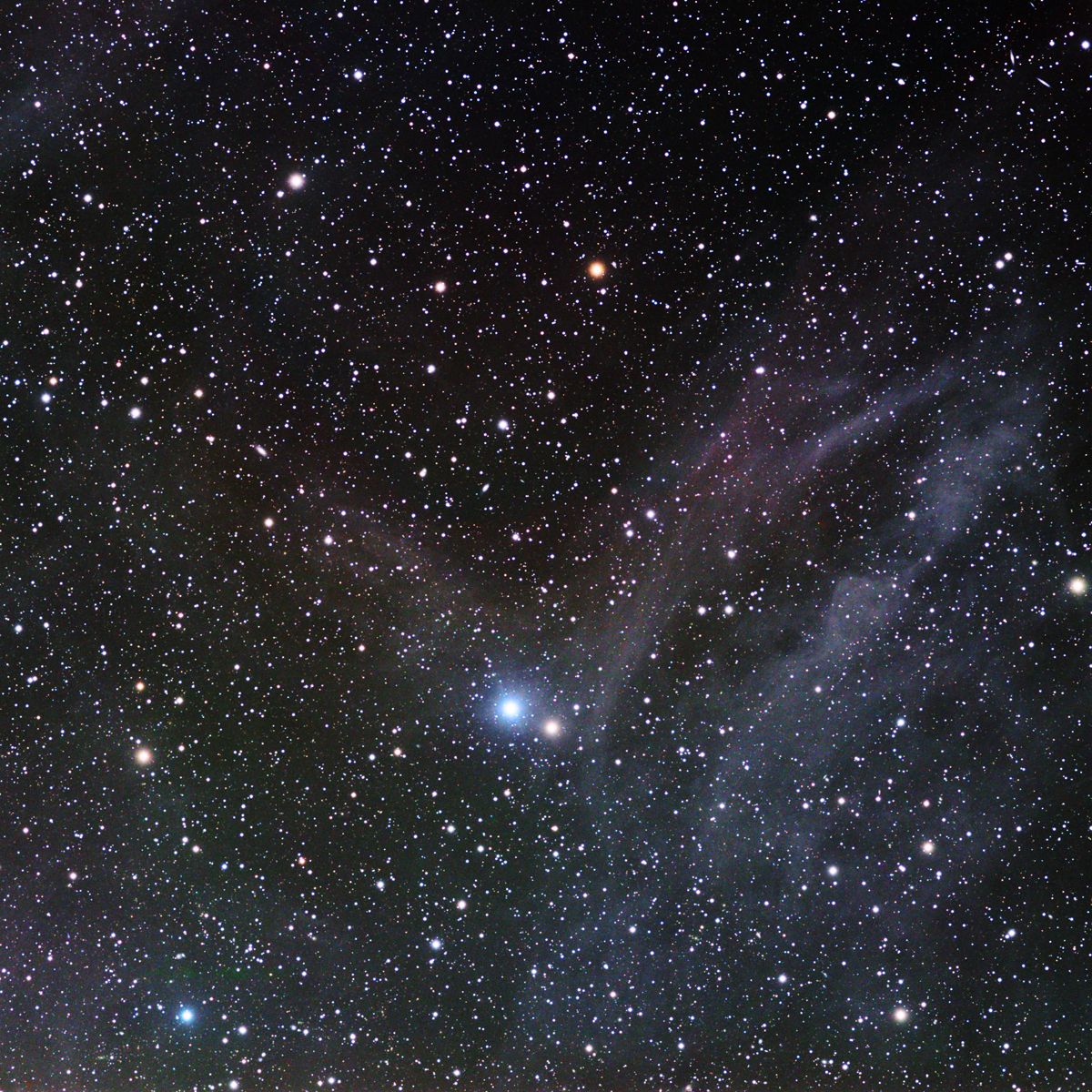Unbelievable and awesome news!!! OMG I'm so excited lol I nearly jump for joy, seriously.
Astronomers found
plumes in first known spiral galaxy M51a [Whirlpool Galaxy]. The linear northwest plume is nearly 120000 ly long.
And now ... something more
exciting *swoons*
ESO's VISTA survey telescope took new infrared images of M20 (Trifid Nebula). Apparently close to the Trifid in the sky, but in reality ~ 7 times more distant, a newly discovered pair of variable stars has been found. These are
Cepheid variables, a type of bright star that is unstable and slowly brightens and then fades with time.
They are the first such stars found that lie in the central plane of the Milky Way beyond its central bulge.
Trifid lies ~ 5200 ly from us, the center of the Milky Way is ~ 27 000 ly away, in almost the same direction, and the newly discovered Cepheids are at a distance of ~ 37 000 ly; they brighten and fade over a period of 11 days.
This is amazing. It means we're seeing for the first time things that no one ever did before us XD These Cepheid variables are the first such stars found that lie in the central plane of the Milky Way beyond its central bulge. They're so beautiful! Fascinating!!
















































